A Newly Discovered Early Portrait of
Chaim Soutine?
By Emmanuel Mané-Katz
In 2024, this painting was discovered in the north of Brazil. It depicts a man wearing a cap and a blue scarf. The frame is not original, we replaced it because the previous one was very old, damaged, and infested with woodworms. While the oil painting and canvas strongly recall the themes and style of Mané-Katz, we are seeking to confirm its authenticity, verify that the signature is indeed his, identify the person portrayed, and ultimately uncover the painting’s history. It could be an early, previously unknown work by Mané-Katz, which has therefore not yet been catalogued in the artist’s catalogue raisonné.
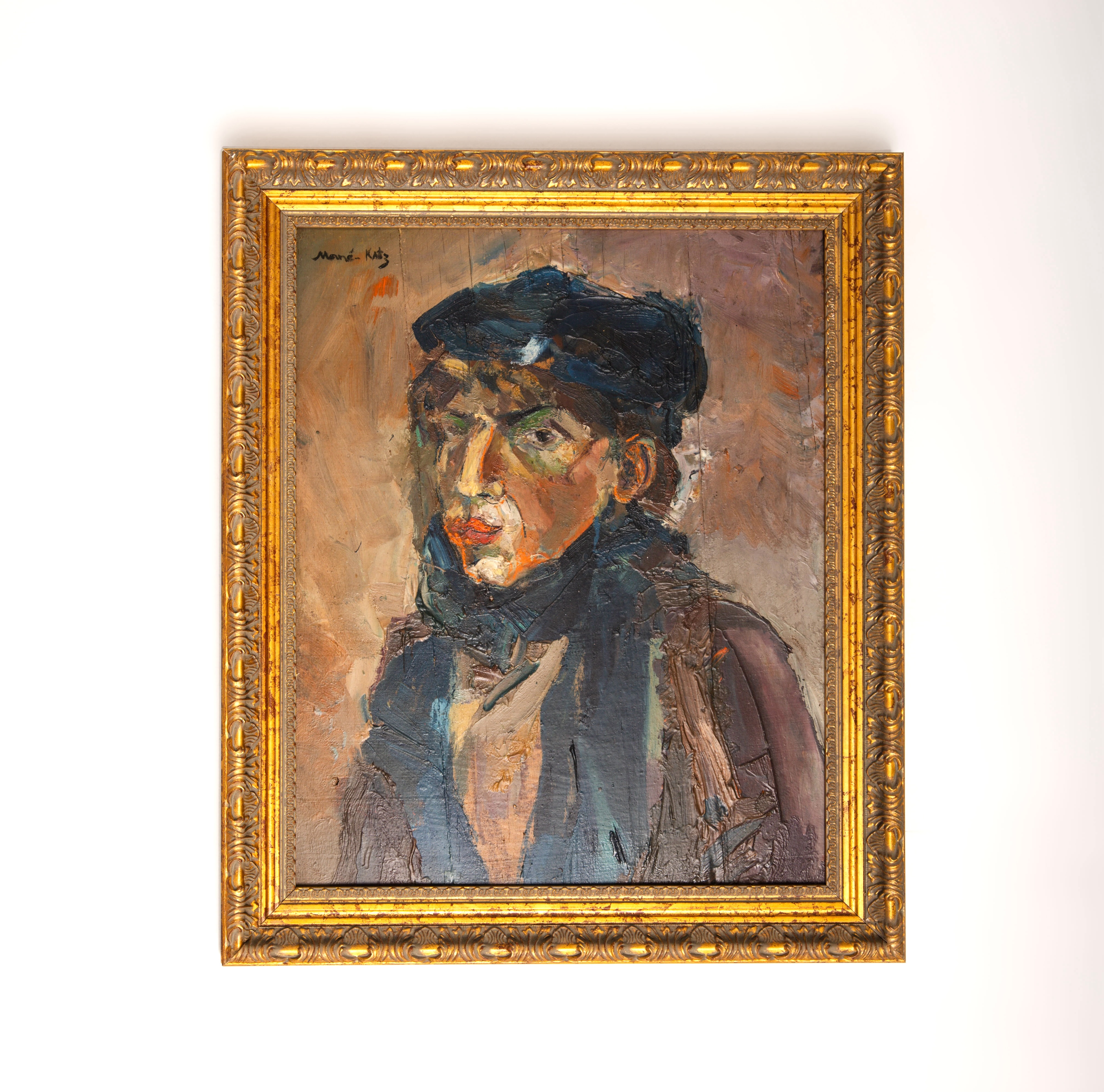
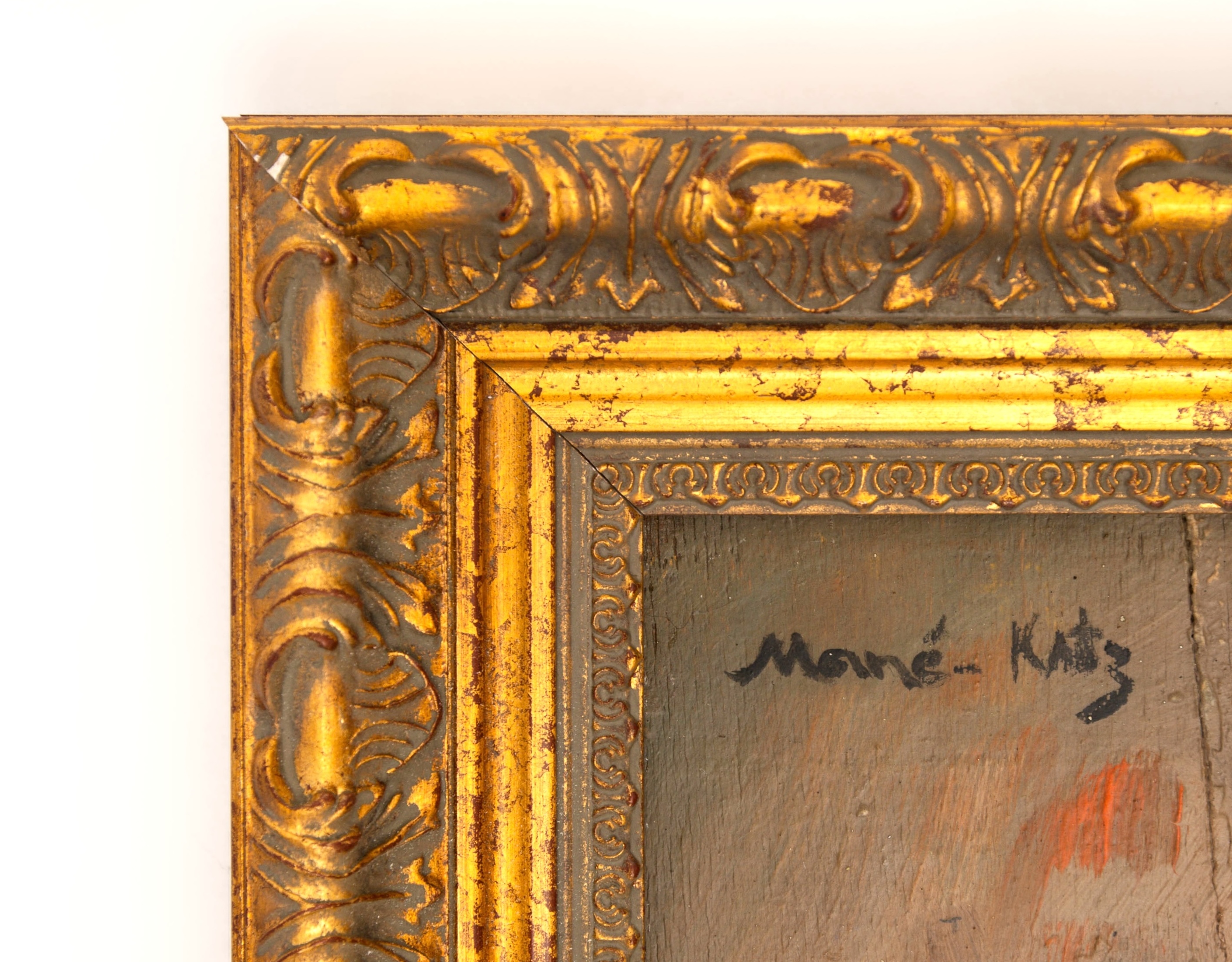
What we know about this painting
Discovered in Brazil
The last owner of this painting was Lincoln de Moraes Machado, former director of Banco Comercial Bancesa, passed away on September 29, 2022. He was a Brazilian businessman, he served as the financial vice president of Bancesa, a bank based in Fortaleza. We acquired the painting at an auction in Fortaleza in december 2024; this painting had gone unnoticed.
Not Listed in the Catalogue Raisonné: Why ?
In February 2024, we sought to identify the painting in its catalogue raisonné, written by Robert Aries in collaboration with Jacques O’Hana. Unable to find a copy in Brazil, we contacted the Bibliothèque Nationale de France, which directed us to the Institut National d’Histoire de l’Art (INHA) in Paris, as they hold a copy of the catalogue raisonné. We received a response confirming that the artwork is not yet listed in the catalogue raisonné of Mané-Katz, a fact that was also verified by another source.
Could the painting be signed by a namesake? Highly unlikely. This leaves us with two possibilities: was it signed by a forger attempting to pass it off as a Mane-Katz, or is it an unknown work by Mane-Katz?
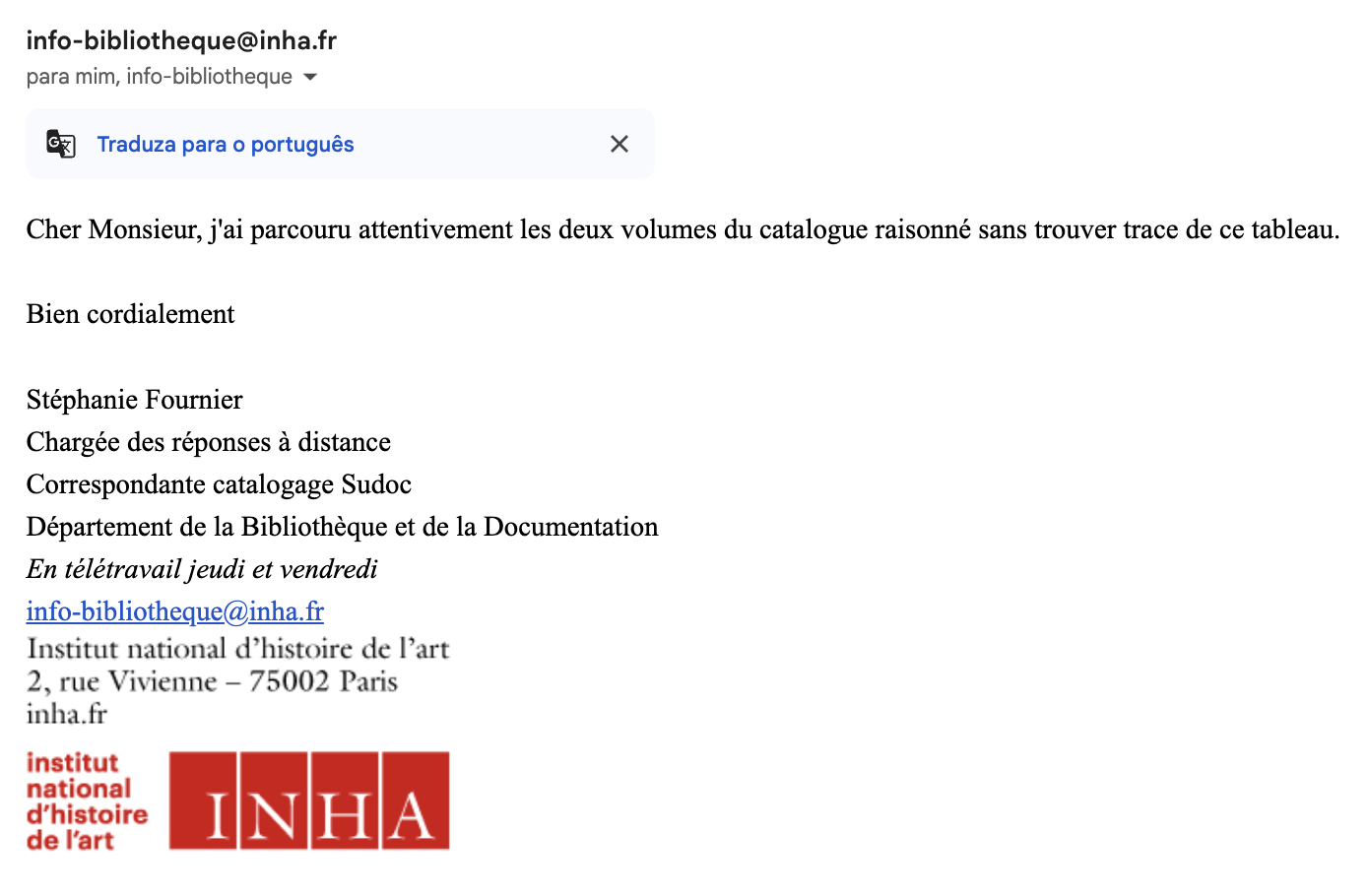
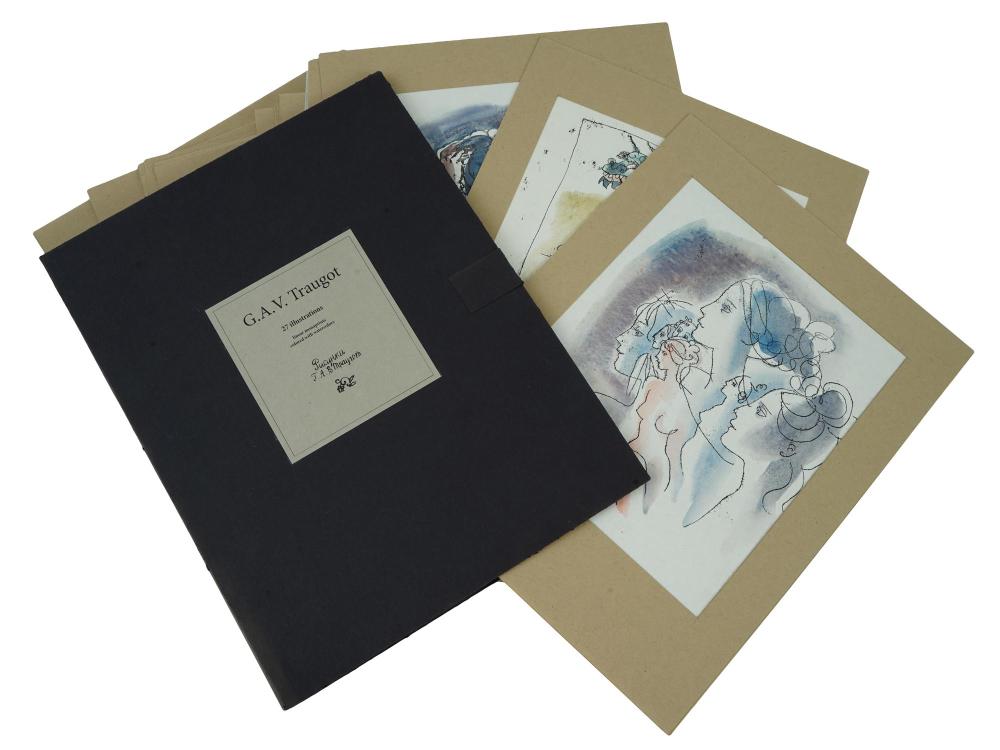
A Characteristic Signature from the 1930s–1940s
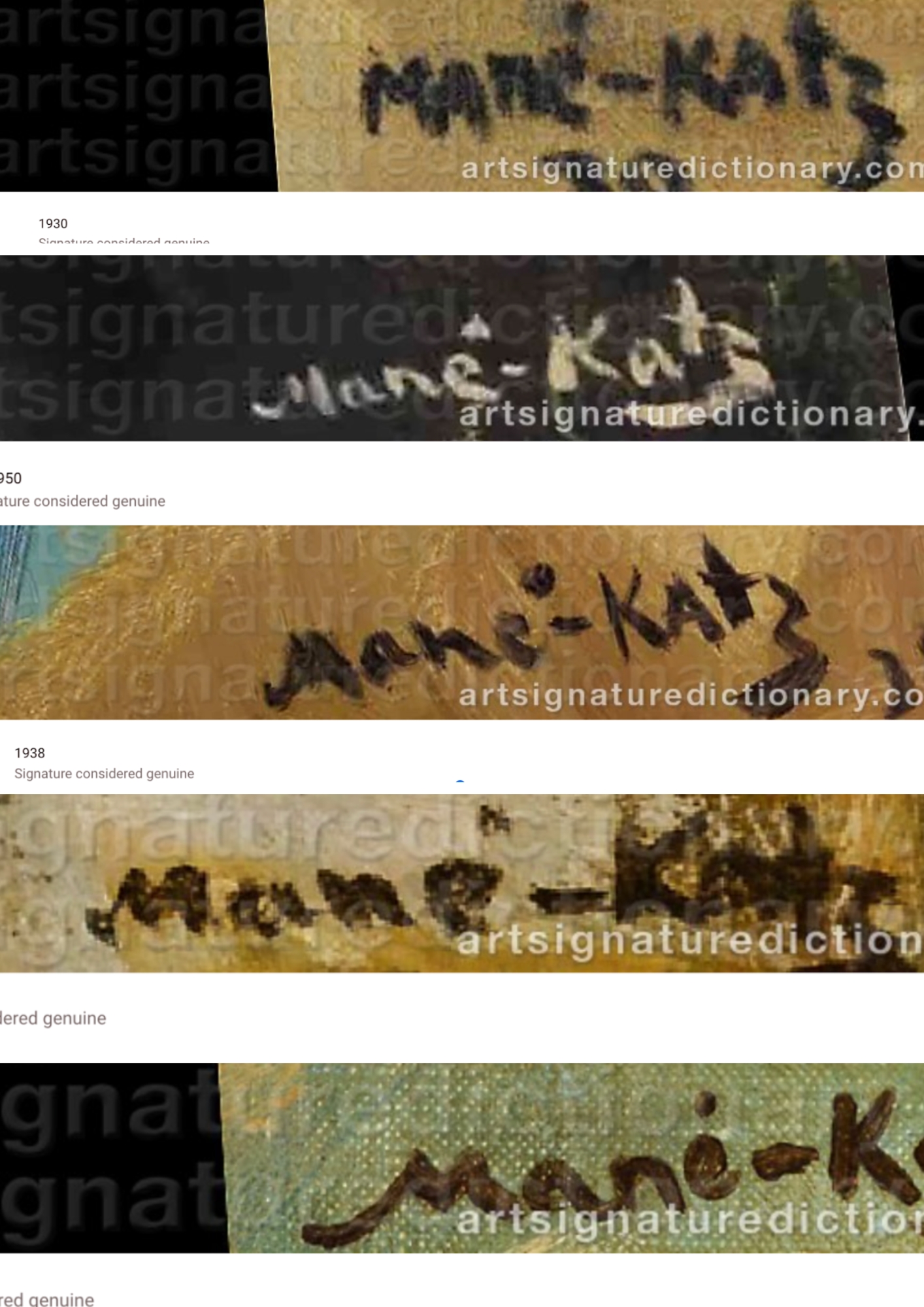
We spent several days working with Artprice.com and Artsignaturedictionary.com, two widely used databases in the art market. Additionally, we consulted the sales history of the Drouot auction house, to which we have been subscribed for many years. These resources allowed us to gather a comprehensive selection of authenticated signatures for comparison.
With Ricardo Melina - one of the leading experts in Brazil in the analysis of audio, images, and forensic documents - we meticulously analyzed the signature letter by letter, examining the spacing between characters, as well as the rhythm and overall coherence of the writing. We compared it with the database of authenticated Mané-Katz signatures that we have gathered.
Through our analysis, we observed that all authenticated Mané-Katz signatures found in the databases exhibit slight variations but share consistent characteristics, traits that are also present in the signature on this painting. There is no indication of an attempt to imitate. Based on our expertise, we strongly believe this signature is authentic, and the painting could date from the period 1930-1940.
Entirely in the Style of Mané-Katz
We contacted Marc Ways, a French specialist who works on the Painters of the Lost Generation and on art labeled as “degenerate” by the Nazis. Three key takeaways from our exchanges:
1. He finds the painting very beautiful, entirely in the style of Mané-Katz. He believes he has seen this painting before in a gallery in the United States.
2. He notes that the signature is located in the upper left corner of the painting. Mané-Katz did not always sign in the lower right corner — this is one of his known characteristics, and there are many documented examples of such placement. .
3. He does not believe that the painting was looted by the Nazis and illegally brought to Brazil by a fugitive.
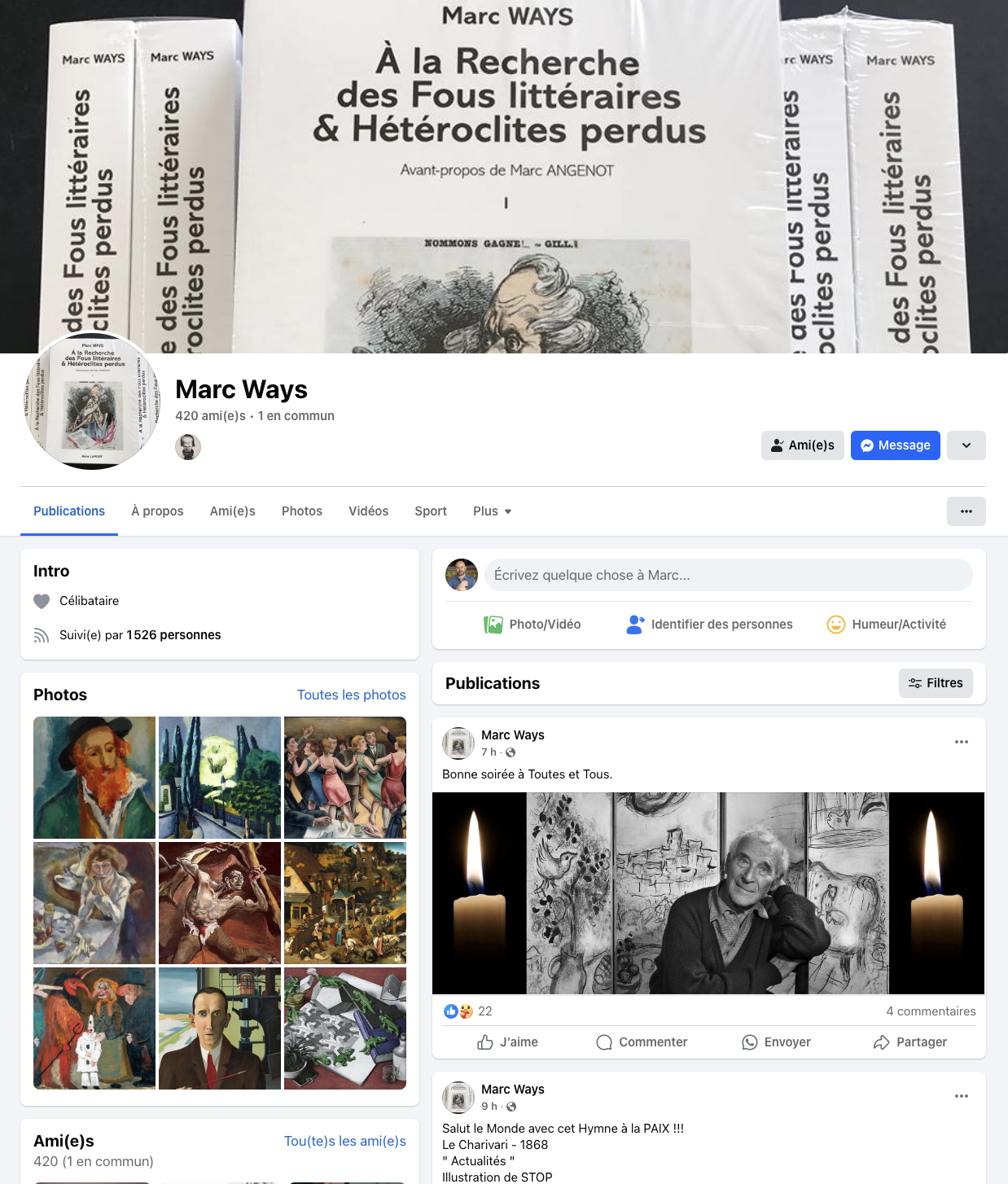
There is clearly a resemblance to Soutine in the portrait - Esti Dunow
We had the chance to speak with Alexia Monduit, great-granddaughter of Mané-Katz, who revealed intriguing details about the artist’s life, including his travels, journalistic work, and sculpture. Upon seeing the painting, she immediately sensed it could depict Chaim Soutine, noting the resemblance and the expressive use of red and blue tones as a possible tribute.
This impression was confirmed by the world’s leading expert on Soutine, Esti Dunow, who remarked on the clear likeness and the painting’s strong, evocative nature.
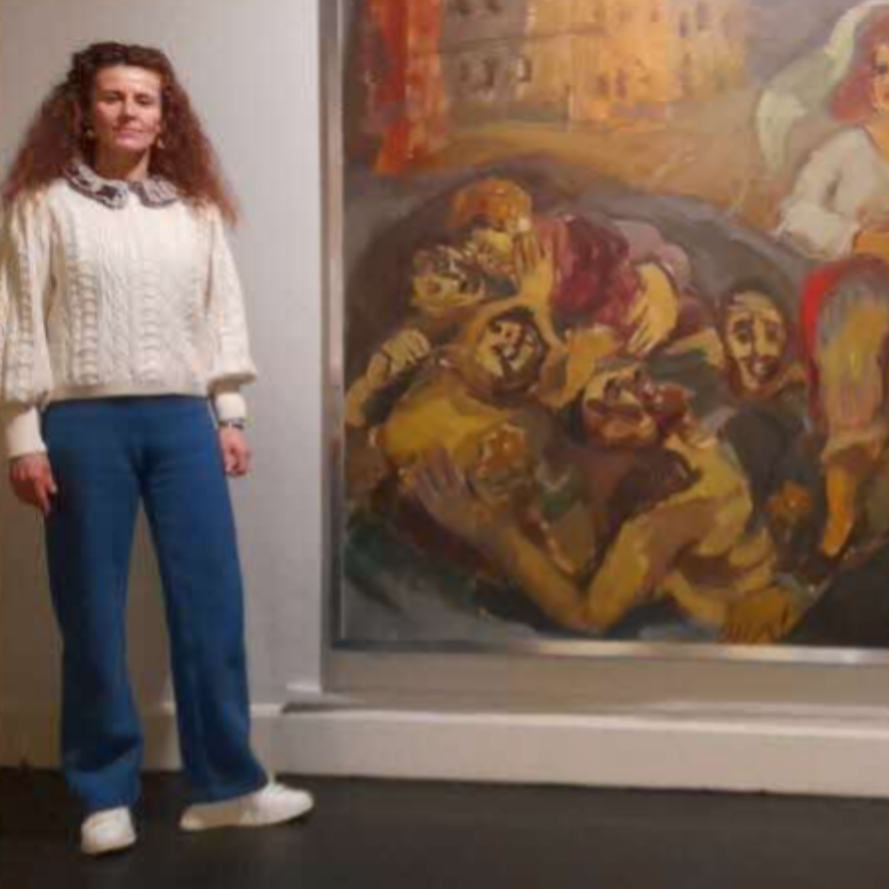
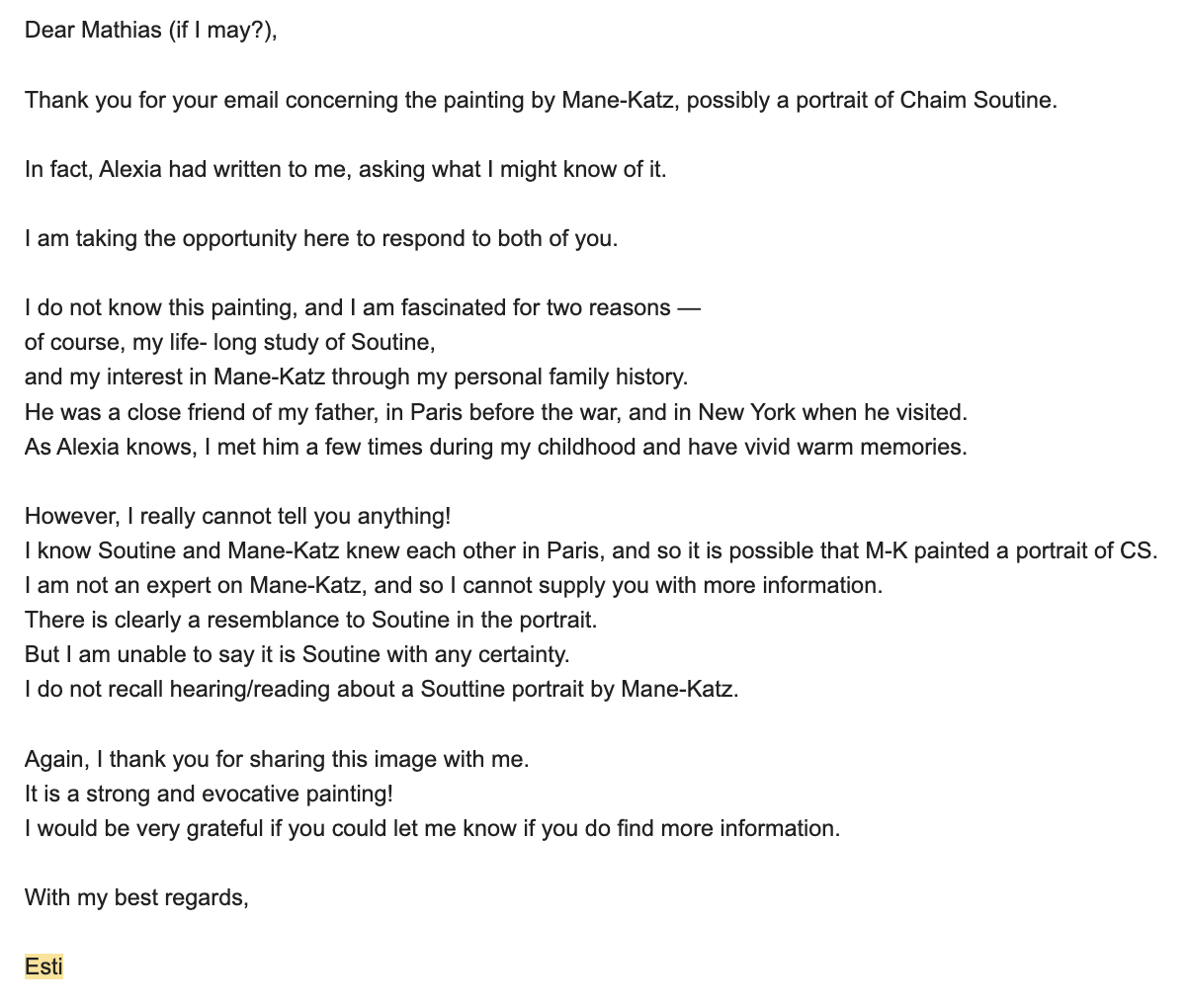
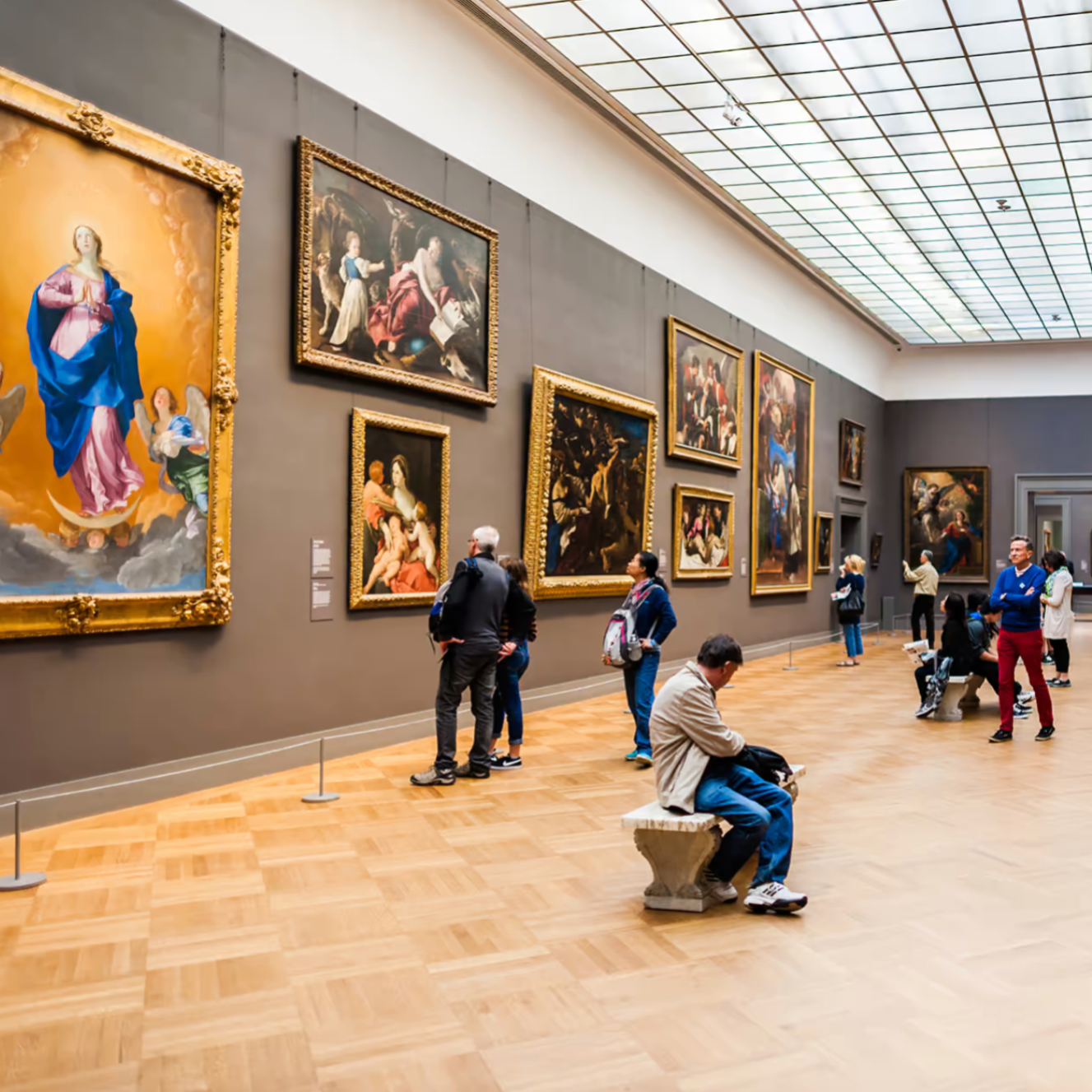
Final Step: Validation by experts
We reached out to Mr. Lucien Krief, one of the leading living expert on Mané-Katz, to obtain his opinion on the painting. He believes it could be an early, previously unknown work by Emmanuel Mané-Katz. To confirm this intuition, he asked us to send the painting to him in Israel for a physical examination — something we have not yet done.
We are also reaching out to leading specialists of the École de Paris, including Nadine Nieszawer & the Bureau d’Art Nieszawer & Princ, Piotr Kasznia, Alix Casciello, and Ségolène Notarianni.
This is all we know. For now. The process of authenticating a work of art is long and must be precise. Our goal is to build a well-founded conviction. The unanswered questions:
What is the provenance of the painting before its purchase by Lincoln de Moraes Machado? How did it arrive in Brazil?
Why is the painting not included in the catalogue raisonné?
Who is the person depicted in the painting? A fictional character, an anonymous individual, or a famous friend? Chaim Soutine ?
When and where was the painting created?
Mathias Meyer | Founder www.glorias.com.br, autographs expert